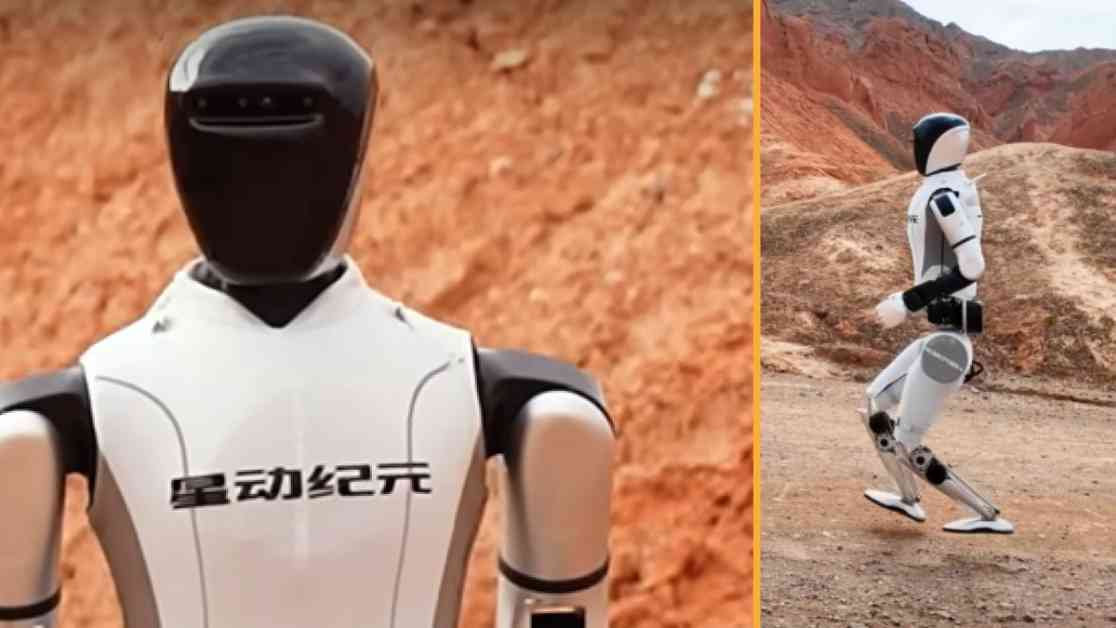Scientists have recently unveiled a new humanoid robot called STAR1, which has set a world record for its top speed of over 8 miles per hour (mph). This robot, built by the Chinese company Robot Era, stands at 5 feet 7 inches tall and weighs 143 pounds.
In a video demonstration, two STAR1 robots were put to the test in the Gobi Desert in China, with one of them wearing a pair of sneakers to see if it could run faster. Thanks to its high-torque motors and AI algorithms, the sneaker-wearing STAR1 was able to navigate various terrains and maintain its top speed for an impressive 34 minutes.
This speed record surpasses that of Unitree’s H1 robot, which previously held the record at 7.4 mph. While the STAR1 had the advantage of footwear, H1 did not technically run as both of its feet did not leave the ground simultaneously during movement.
STAR1 is equipped with advanced AI hardware capable of processing 275 trillion operations per second, far surpassing the processing power found in many laptops. Additionally, the robot has 12 degrees of freedom, allowing for a wide range of movements and flexibility.
This humanoid robot is just one of many innovative robots being developed by companies worldwide. Other notable examples include Tesla’s Optimus Gen-2 robot, the Figure 01 robot powered by AI, and Boston Dynamics’ latest creation, Atlas.
It’s exciting to see the advancements being made in robotics, with companies pushing the boundaries of what these machines can achieve. The speed and agility of robots like STAR1 demonstrate the potential for future applications in various industries, from manufacturing to healthcare and beyond.
As technology continues to evolve, we can expect to see even more impressive feats from humanoid robots, showcasing the power of innovation and engineering. The possibilities are endless, and the future of robotics is looking brighter than ever.










